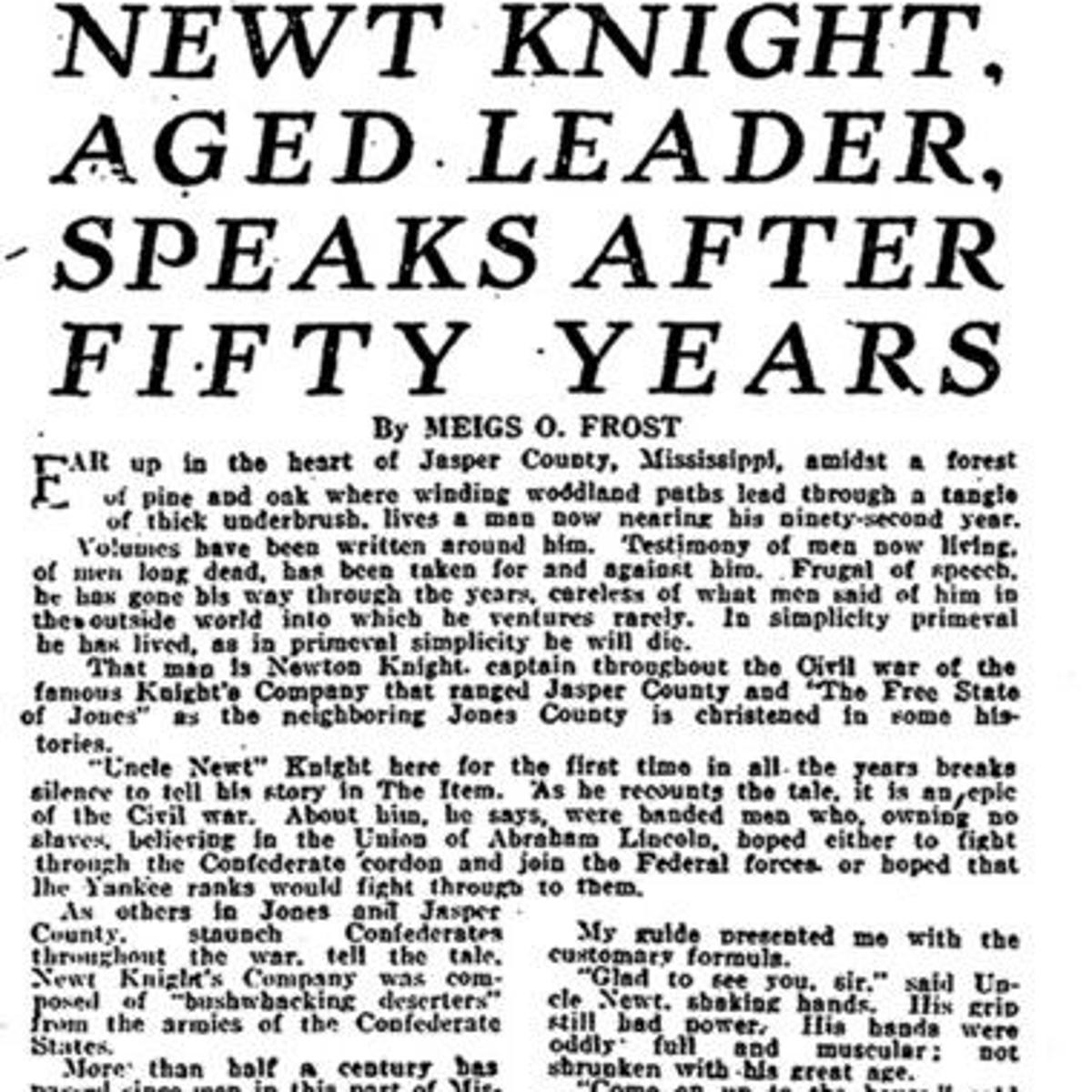MARCH 25, 2021 – “The past is never dead. It’s not even past.” I got that from a 2016 Smithsonian article quoting Wiliam Faulkner in a fascinating story behind the film, Free State of Jones, written and directed by Gary Ross (Hunger Games; Seabiscuit), and starring Matthew McConaughey (Dallas Buyers Club – Best Actor).
The film got mixed reviews and grossed only $25 million against production costs of $50 million. The rap was that it was another “white savior” movie in the context of racial conflict. To his credit, however, Ross consulted extensively with professors at Harvard and UPenn and especially Columbia’s Eric Foner, considered the dean of Reconstruction scholarship. Foner gave Ross a lengthy reading list and imposed serious academic discipline upon the filmmaker.
You should see the movie (Netflix). It portrays an obscure but riveting side-show of the Civil War and Reconstruction.
The Smithsonian enters the picture by confirming the film’s historical accuracy and describing how the project became Ross’s obsession. Perhaps most interesting was the article’s reporting on local reaction to the movie—pro and con.
The hero of the story, Newton Knight, deserts from the Confederate Army after becoming disillusioned with the Rebellion (“poor people fighting the battles of a rich people’s war”). Soon after returning to his farm in Jones County in the extreme southeast corner of Mississippi, Knight finds himself defending neighbors pillaged by Confederate soldiers ordered to confiscate food and supplies in support of the war effort. He becomes a fugitive, hiding out with a group of runaway slaves living in swampland. Later, other disillusioned deserters join.
Before long Knight’s fighters become a significant force. They take over Ellisville, the county seat, tear down the Confederate flag, raise the Union flag, and proclaim the region to be the “Free State of Jones.”
The film hits its stride after the Civil War ends. With passage of the Fifteenth Amendment, one of Knight’s comrades in arms—a former slave, “Moses”—leads a voter registration effort among black men. Knight leads them to the poll, where the old white establishment blocks them from voting. (Sound familiar?) In his drawl, Knight informs the poll-watchers that the armed blacks he leads are “people who care less about dyin’ than [the unchanged Confederates] do.” The unmasked Klansmen concede, but the viewer soon learns that the black votes aren’t counted. In the end, Reconstruction fails, the Klan rides, blacks hang.
Past appears in the future within the movie—a trial in 1948, in which a direct descendant of Knight is charged with violating state law prohibiting mixed marriages. (The prosecution claims that the defendant is one-eighth black.) His conviction is overturned on appeal—a politically defensive maneuver to prevent the U.S. Supreme Court from interfering with state segregation laws.
I’m not a film connoisseur, but I’m attentive to writing, casting, acting, directing, costuming, and the three arcs of tension and resolution. These things considered, I recommend Free State of Jones to anyone interested in the dramatization of a true story that connects past to present.
(Remember to subscribe to this blog and receive notifications of new posts by email.)
© 2021 by Eric Nilsson
